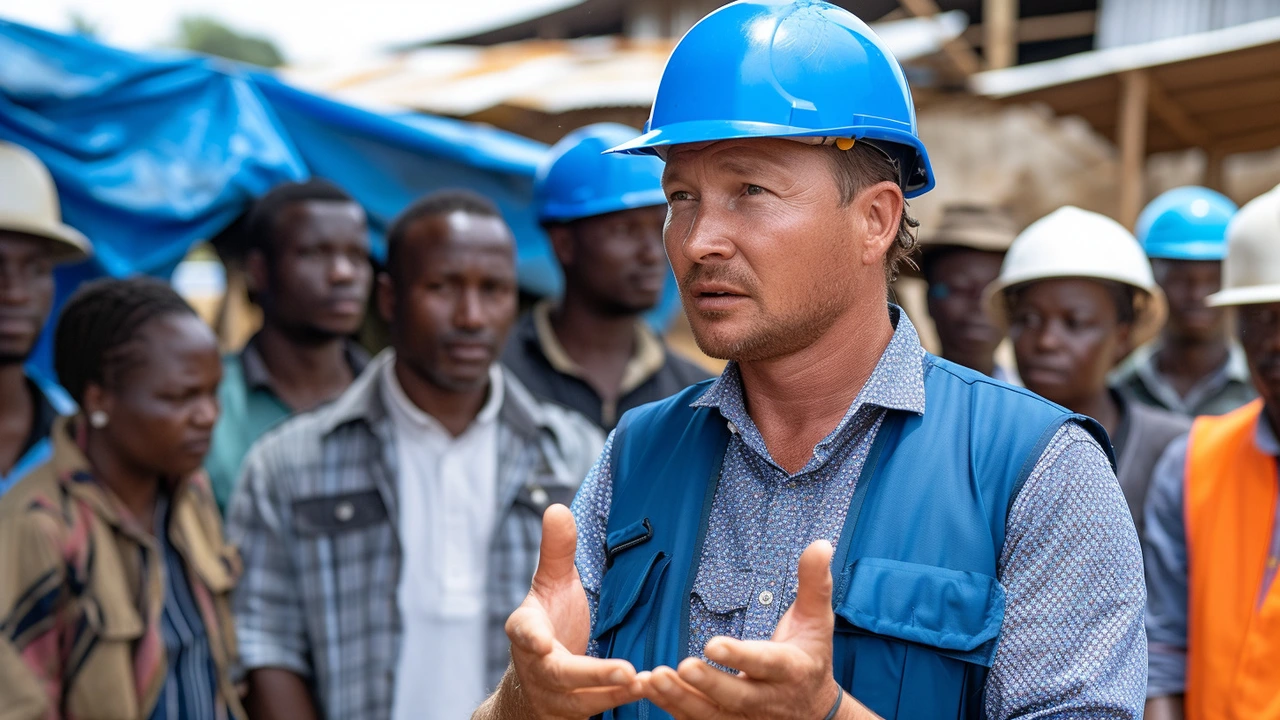Local communities often decide whether a peacekeeping mission succeeds or falls flat. They hold the local knowledge, daily routines, and trust networks that peace teams need. Ignore them and you get short-lived fixes. Work with them and you build something that survives the mission’s departure.
Think of community members as partners, not just beneficiaries. They spot early signs of tension, identify local mediators, and can help protect civilians. Women, youth, religious leaders and informal dispute handlers each bring different strengths. Tapping those strengths speeds up conflict resolution and reduces resentment that fuels violence.
These are simple, concrete actions officers, NGOs, and local leaders can use right away:
Many missions fail because they overlook local power dynamics. If you back the wrong local actor, you can worsen tensions. Avoid that by cross-checking information with multiple sources and staying neutral.
Short-term projects that stop when funding ends breed frustration. Pair quick wins with a clear plan for handover and local ownership. Also, don’t confuse visibility with impact — flashy projects that don’t meet daily needs feel hollow.
Cultural missteps are another frequent problem. Simple things — timing meetings around market days, using local languages, respecting rituals — matter. Put cultural briefings into pre-deployment training and update them with local input.
Start small if you must, but start. Pick one neighborhood, map actors, hold one listening session, and deliver one quick, visible fix. That sequence builds credibility faster than promises. If you care about peace, start by talking to the people who live it every day.

As a female blogger passionate about peace studies, I've personally dug deep into the topic of the impact of peacekeeping on local communities. In this post, we will explore how peacekeeping missions can affect socio-economic conditions in conflict zones. We'll also examine the flip side of the coin - the challenges and potential negative effects these operations may bring to local populations. As we delve into this significant issue, we'll gain appreciation for the delicate balance required in fostering global stability.
